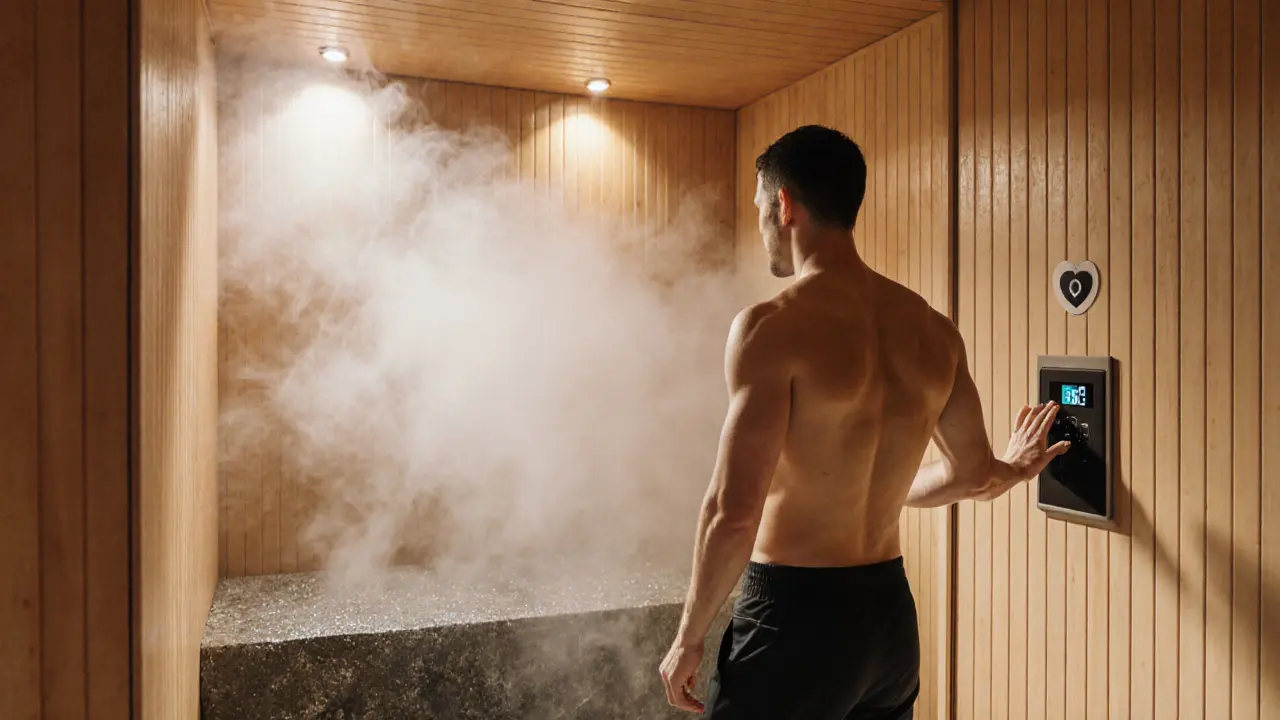Steam Room Contraindications: What You Need to Know
When considering steam room contraindications, the specific health conditions that make using a steam bath unsafe or risky. Also known as steam bath restrictions, they help you avoid uncomfortable or dangerous reactions. Steam room, a heated enclosure that fills the air with moist vapor provides relaxation, but it also raises body temperature, which can stress certain systems. Understanding these limits is the first step toward a safe, soothing experience.
Why Health Conditions Matter in a Steam Environment
Steam exposure boosts circulation, but cardiovascular disease, any condition affecting the heart or blood vessels, such as hypertension or arrhythmia can turn that boost into a risk. The heat forces the heart to work harder, potentially triggering chest pain or irregular beats. Likewise, pregnancy, the period from conception to birth, especially the first trimester raises body temperature naturally; adding a steam room session may push core temperature beyond safe limits, increasing the chance of dehydration or stress for both mother and baby. In short, the steam room requires a healthy cardiovascular response and stable thermoregulation; without them the experience can become hazardous.
People with respiratory disorders, conditions like asthma, COPD, or chronic bronchitis also need to be cautious. The high humidity can narrow airways, making breathing feel labored. For those with skin conditions, issues such as eczema, psoriasis, or open wounds, the moist heat may worsen irritation or spread infection. Even seemingly minor problems like a recent surgery or an active infection become red flags because steam can promote bacterial growth and delay healing.
Another often‑overlooked factor is medication. Certain drugs—like blood thinners, diuretics, or beta‑blockers—alter how the body handles heat and fluid loss. If you’re on any prescription, the steam room could intensify side effects, leading to dizziness, fainting, or unexpected blood pressure changes. Always check with a healthcare professional before stepping into the vapor, especially if you’re on multiple medications.
Age also plays a role. Seniors generally have reduced heat tolerance and slower sweat response, meaning they can overheat quicker than younger adults. Children, on the other hand, have a higher surface‑to‑body‑mass ratio, which can cause rapid temperature spikes. Both groups benefit from shorter sessions, lower temperatures, and vigilant monitoring.
In practice, these connections form a clear chain: steam room contraindications encompass health conditions that affect thermoregulation, cardiovascular stability, respiratory function, skin integrity, and medication interactions. To stay safe, you need to assess each factor before entering. A quick checklist—heart health, pregnancy status, respiratory issues, skin condition, medication, and age—covers most bases and helps you decide whether a steam session is right for you today.
Below you’ll find a curated collection of articles that dive deeper into each of these topics. From detailed guidance on heart‑related risks to practical tips for pregnant visitors, the posts will give you the specifics you need to make an informed choice and enjoy the steam room without worry.
Learn who should avoid steam rooms, including people with heart issues, pregnancy, skin conditions, and more. Get safety tips, contraindications, and FAQs for a safe steam experience.

